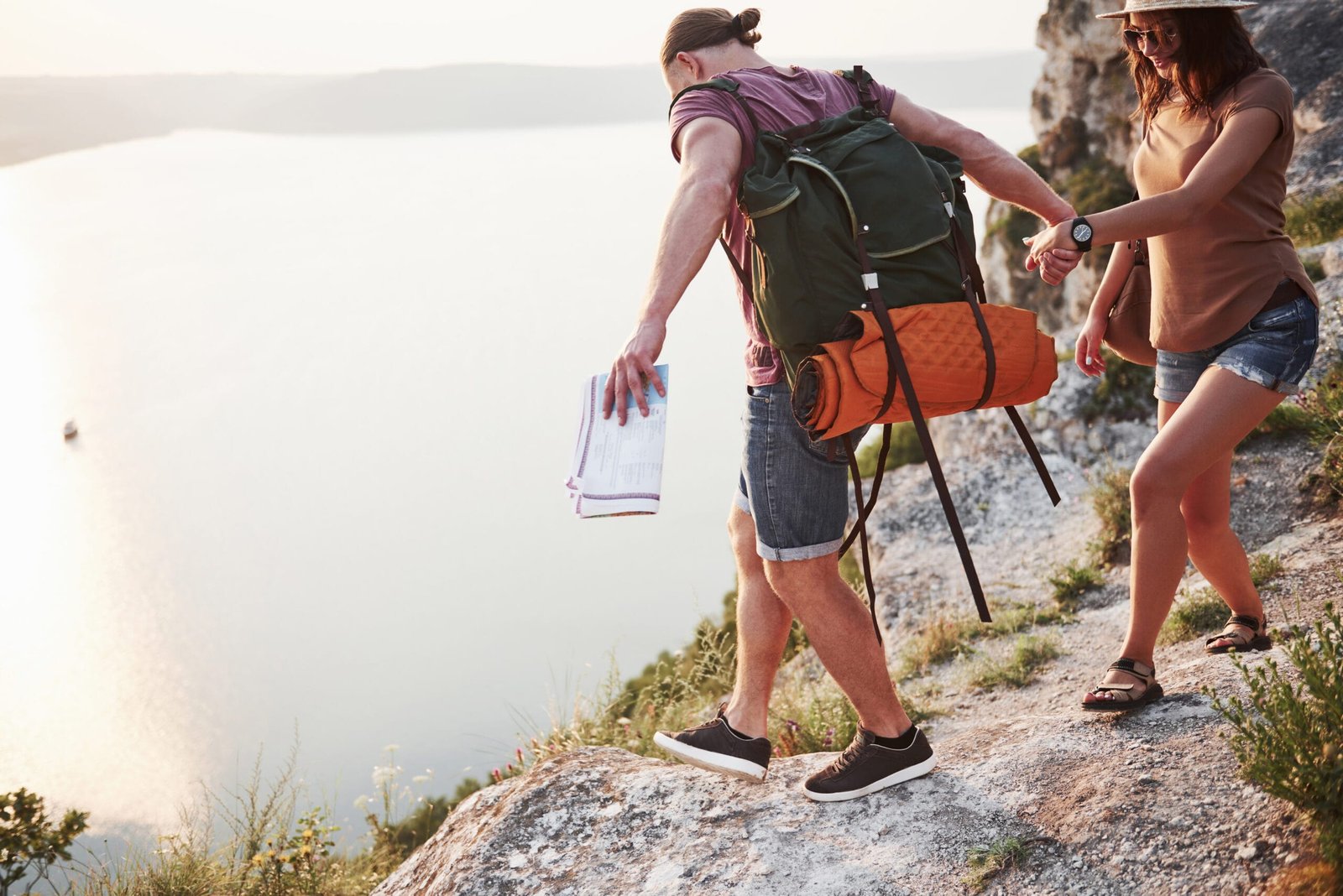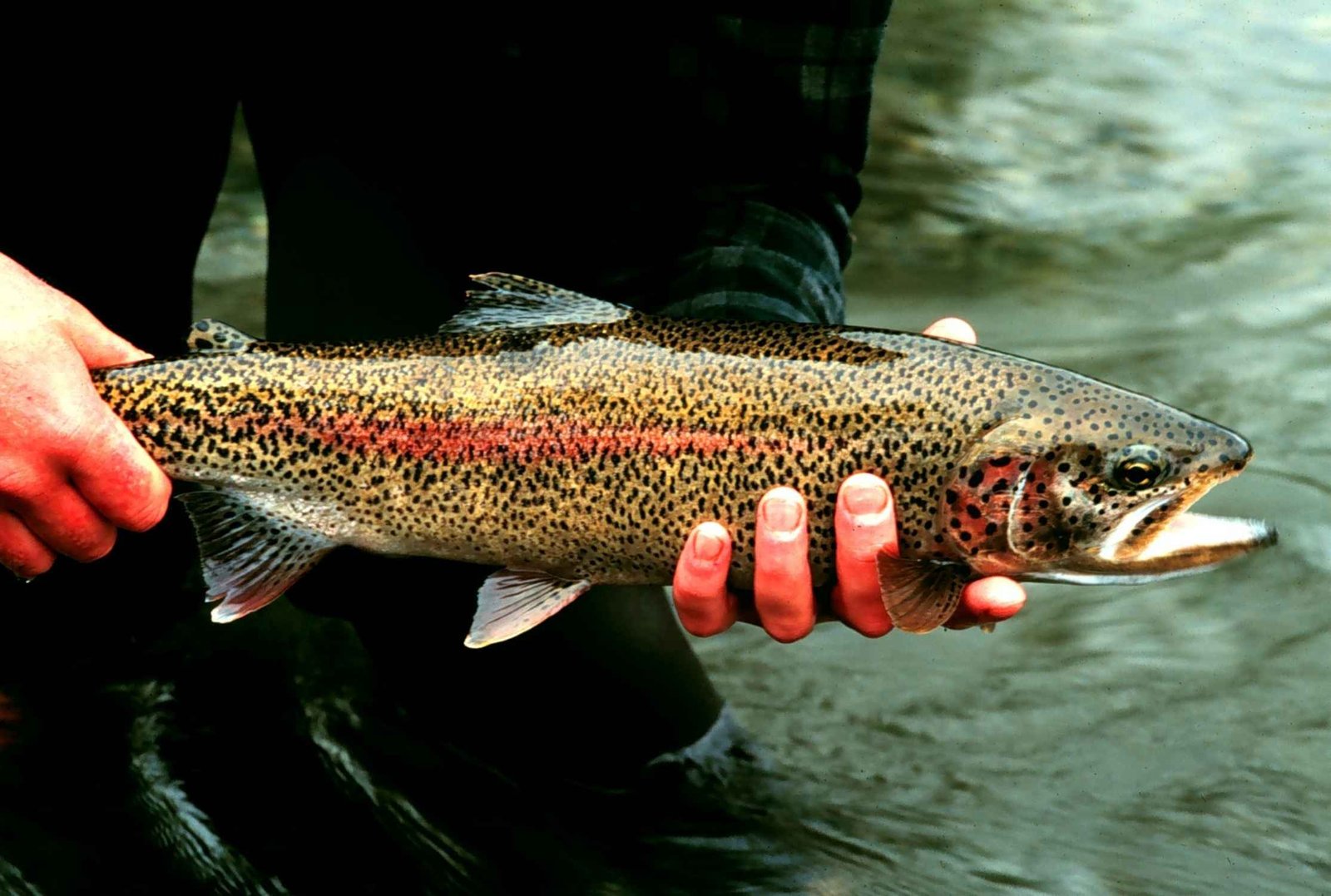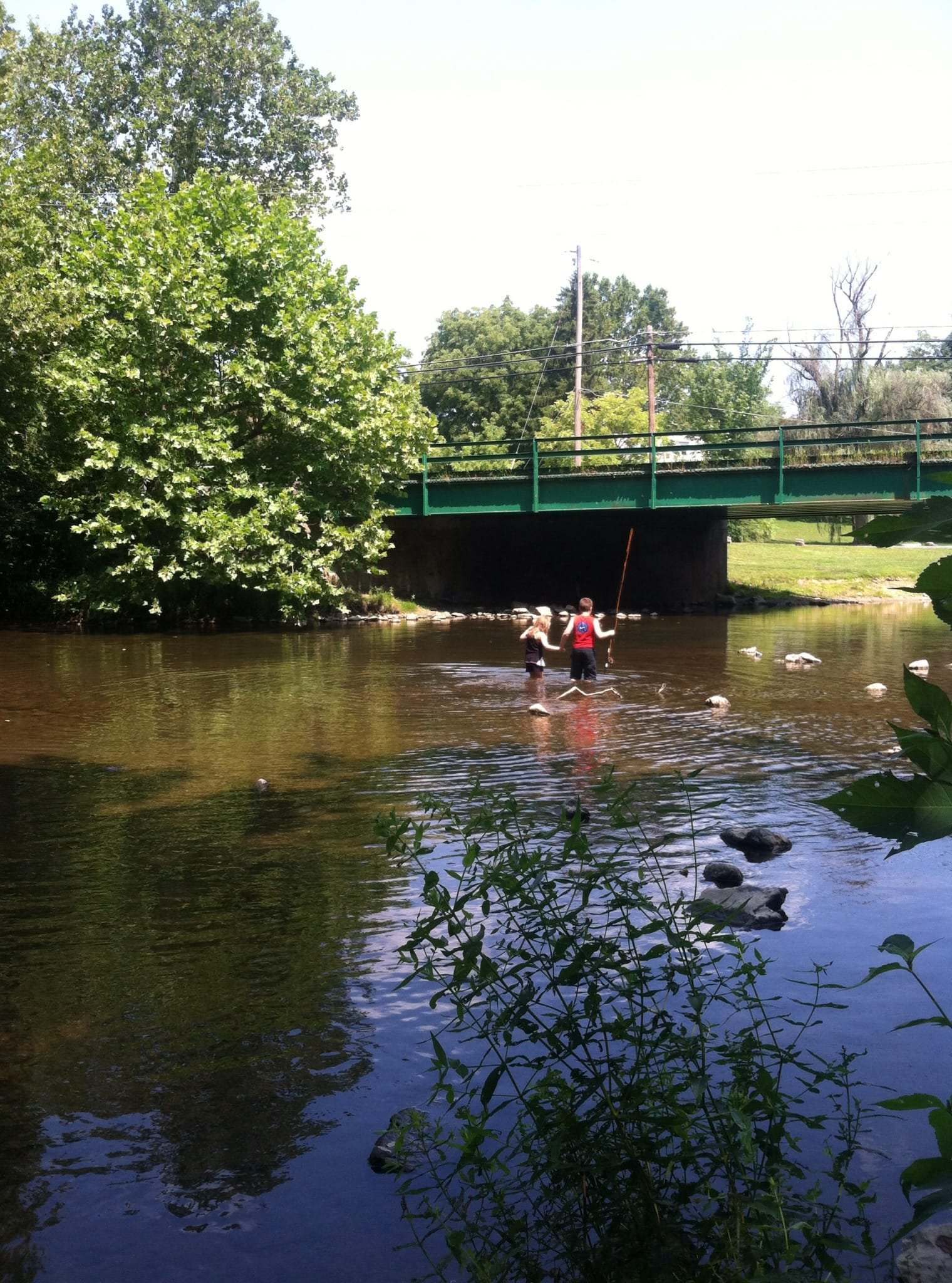Wilderness survival depends on many factors, and two of the most important of these is planning and preparation. Having the right information and equipment could mean the difference between a successful trip, and a disaster. Planning not only refers to where you are going to go and for how long, but also what you need to take with you, what to do in an emergency, and researching the location. Traveling with a companion is a good idea, and ensure that someone back at home knows your itinerary and estimated time of return.
The first thing you should look at is the location you intend to explore. Knowing the terrain, and potential obstacles can help you decide what the best plan of action is in advance, and also determine what equipment would be best suited. Checking weather forecasts is vital, as any major weather changes could have a potentially dangerous effect on your survival. Heavy rainfall could cause rivers to rise, wild wind could make shelter difficult, and snow of course causes it’s own problems. Knowledge of the area can also assist with creating an emergency evacuation plan should the need arise.
Before heading into the wilderness, you should brush up on bush craft skills. You will need to know how to safely hike through the terrain, how to build shelters, find and prepare food, and how to protect yourself from the environment. And of course, learn how to use various tools. As any survivalist will tell you, no matter how prepared you are, things can go wrong, and the more you know about how to use primitive methods rather than fancy equipment, the more likely you are to survive.
There are a multitude of kits available to suit many different emergency scenarios. Earthquake kits and emergency kits are primarily designed for surviving an evacuation period following a disaster. They are urban survival oriented, rather than wilderness or great outdoors survival. Survival kits and bug out bags are more appropriate for a journey into the wild, and carry the necessary emergency essentials for the types of situations that may arise.
Survival kits and bug out bags can be purchased fully stocked with everything you need. Some people prefer to create their own survival kits. To do this you must know what is required, using a survival kit list. Typically a survival kit should contain the following:
- Space blanket or survival blanket
- Lightweight rain poncho
- Tarp
- Large trash bag
- Fire starter
- Waterproof matches or lighter
- Canteen for water
- First aid kit
- Water and purification tablets
- Canned food and ready to eat meals
- Fishing line and gear
- Dry food such as fruits and nuts
- Distress radio beacon
- Signal mirror
- Whistle
- Flares
- LED light and batteries
- Orange tape
- Pen/pencil paper
- Compass
- Trail maps
- Survival manual
- Glow stick
- Knife and multi-tool such as a Swiss Army knife
- Can opener
- Needle and thread
- Cord
- Hatchet and machete
- Camp stove and gas
- Candles
- Compact saw
- Helmet



0 Comments